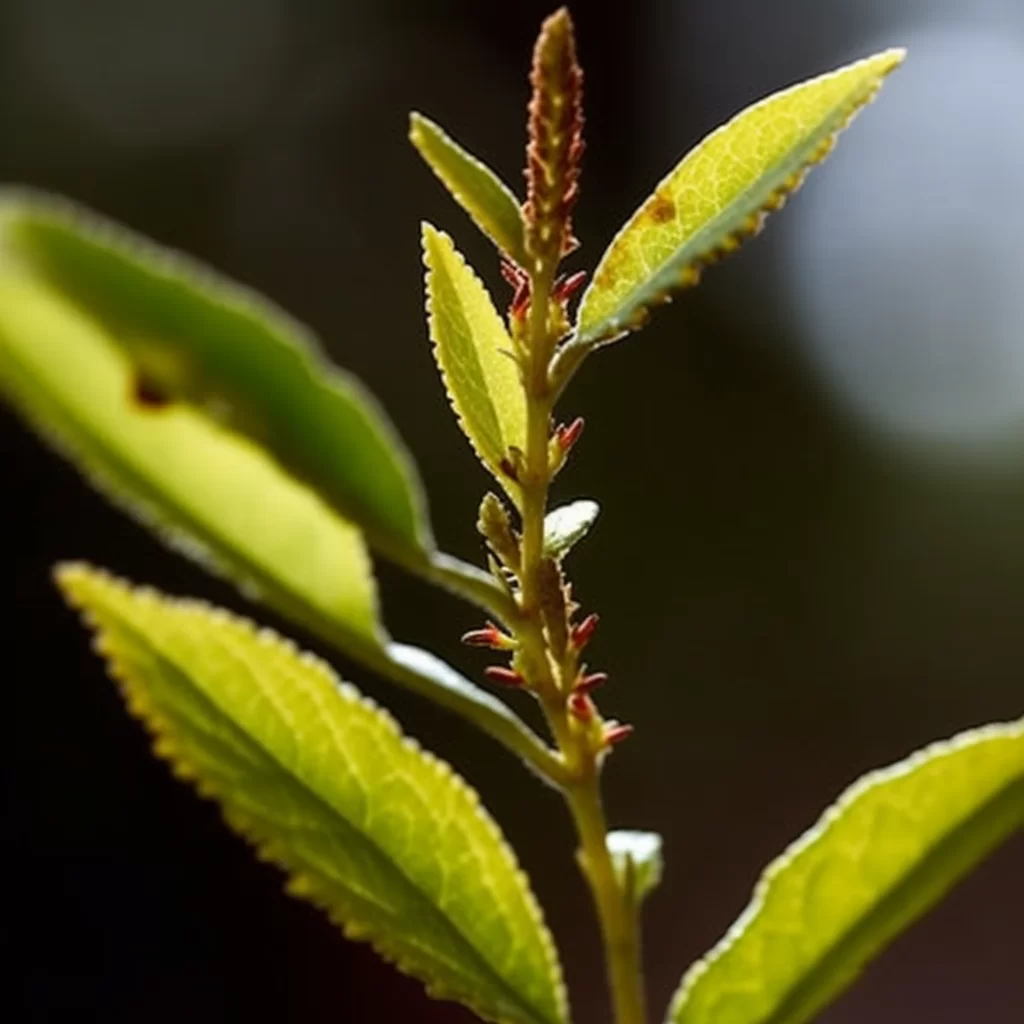Story of Day :
Contents
Spicebush Plant: Complete Guide and Care Tips
If you’re in search of a plant that will give your garden some character, spicebush is the perfect choice.
This plant brings more than just aesthetic appeal to your yard – its leaves and berries are also flavorful and can add a kick to any dish.
Not only is it great for cooking, but it’s easy to grow and maintain.
In this guide, we’ll walk you through the ins-and-outs of planting and taking care of spicebush plants.Spicebush not only adds a touch of uniqueness to your garden, but it’s also practical for those who love experimenting with flavors in their cooking.
With its spicy taste, this shrub can be used in various dishes as an alternative seasoning.
Adding on top of that, growing spicebush plants has been made hassle-free with its low maintenance nature.
Our guide covers all aspects from planting instructions to proper care practices so you can enjoy all that this versatile plant has to offer without worrying about complicated upkeep procedures!
What is a Spicebush Plant?
The spicebush plant (Lindera benzoin) is a deciduous shrub native to North America.
It gets its name from the spicy scent that emanates from its leaves when they’re crushed.
The plant can grow up to 12 feet tall, but it’s typically smaller in gardens, reaching around 6-10 feet in height.
Growing Conditions
- Sun: Spicebush plants prefer partial shade or dappled sun.
Too much direct sunlight can scorch their leaves.
- Soil: These plants thrive in moist, well-drained soil with plenty of organic matter mixed in.
- Water: Water regularly during the first growing season until the roots are established.
After that, they can tolerate short periods of drought.
- Zones: Spicebush plants are hardy in Zones 4-9.

Care Tips
- Fertilizer: You don’t need to fertilize these plants if you’ve amended your soil with organic matter before planting them.
- Pests/Diseases: Spicebush plants typically don’t have any serious pest or disease problems.
- Pruning: Prune spicebush plants in late winter or early spring to remove dead or damaged wood.
You can also shape the plant at this time if needed.
Uses
In addition to being an attractive garden plant, spicebush has a long history of use in traditional medicine.
Native Americans used the leaves and bark of the plant for various ailments, including colds and fevers.
Today, it’s still used as a natural remedy for digestive issues, menstrual cramps, and other conditions.
Did you know that spicebush berries are not only used for medicinal purposes but they are also edible? The berries possess a spicy taste similar to allspice, which makes them a great addition to various culinary dishes such as baked goods and meats.
You can easily incorporate this unique spice into your cooking routine and add an extra layer of flavor to your dishes.Spicebush berries have been popular in the Eastern United States for centuries, but it’s only recently that they have started gaining more attention in the culinary world.
Apart from their use in traditional medicine, these berries provide a warm and spicy taste that is perfect for adding depth and complexity to different cuisines.
Whether you’re baking cakes or marinating meat, spicebush berries can be used as an alternative seasoning option that will surely elevate your dish’s flavor profile.

Conclusion
If you’re looking for an unusual yet beautiful addition to your garden that has some practical uses too, consider adding a spicebush plant.
With its spicy scent and flavorful berries, it’s sure to add some zest to your life!